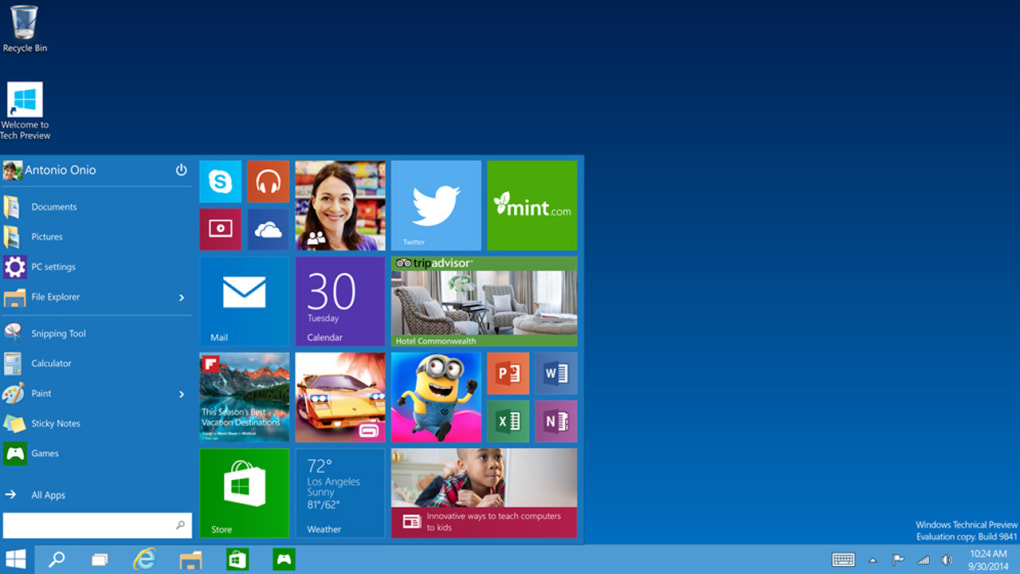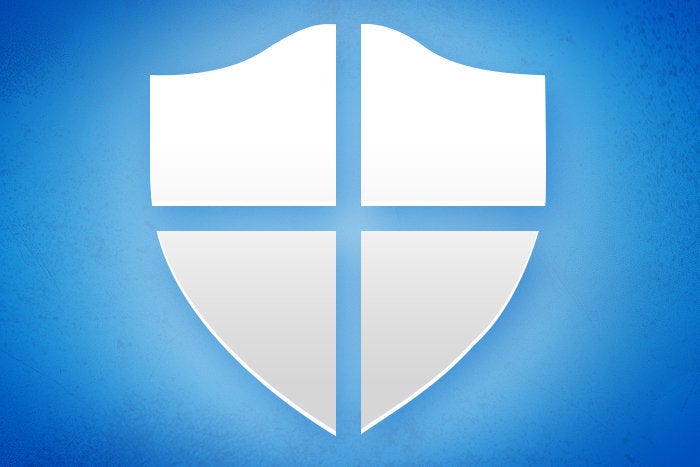As malware evolves to be more malicious by the day, so too must the anti-malware tools we use to fight back and keep our data safe. Software like Bitdefender, Kaspersky, or Norton can keep your computer secure and virus-free. Some, such as Bitdefender or Avast, are available in both free and premium versions, with the latter provided wider coverage, less taxing processing power from your PC and more customization options. If you’re interested in checking out our top five recommended anti-malware tools, check out our article!
Haven’t upgraded to Windows 10? You can get it right here:
Windows Defender is one such anti-malware program, and it comes for free with the installation of Windows 7, 8, or 10. Since it’s free, users are often dubious as to how effective Defender actually is. This skepticism is justified, as reviews of Defender are mixed at best.
Most of the criticism directed towards Defender stems from its inability to detect and stop malware. Many threats seem to simply pass through its net. While this may have been largely true even last year, Microsoft has made significant improvements to Defender over the years to keep up with increasingly potent malware. The result has been a more scrutinizing product that may actually be worth your attention.
Is it better in 2018?
Windows Defender continues to evolve, growing stronger with every revamp and update. What was a criticism last year may be a moot point in 2018. Check out this video to see the results:
How does Windows Defender detect and stop threats?
It’s important to understand what Defender does in order to compare it to other products on the market. Windows Defender uses basic signature-matching scanning to compare unknown files with its database of known threats. Essentially, it’s checking the file in question against a catalog of viruses. Defender also uses heuristic analysis, which monitors software behavior to catch malware or malware that rapidly changes its code to dodge detection.
It lacks the bells and whistles of Avast, Bitdefender, or Norton, but it is a semi-effective line of defense nonetheless.
Windows Defender Security Center
“Windows 10 respects your freedom to choose AV products of your choice,” says Rob Lefferts, Partner Director of Windows & Devices Group. In this article, Lefferts accepts that people will frequently opt to forego Defender in order to use other software, and, in fact, encourages users to seek the “protection software and services that they like best.”
As of January 2017, the Windows Defender Security Center was introduced, bringing in new security features and controls. This included firewall and network protection, device performance and health, app and browser control, family options, and of course protection against viruses and threats.
The final consensus
Defender is steadily growing into a more reliable means for data protection, but it’s not there yet. Defender still has a long way to go before it can go toe-to-toe with powerful names like Bitdefender, Norton, or Kaspersky.
That said, considering that Defender is a relatively lightweight program that you get by default with Windows 10, you’re actually getting a pretty decent product. We recommend pairing it with something else for double the safety, such as Bitdefender. Set Windows Defender to run a scheduled quick scan every now and again, then do a full test with Bitdefender when you’ve got the time and processing power to spare.




